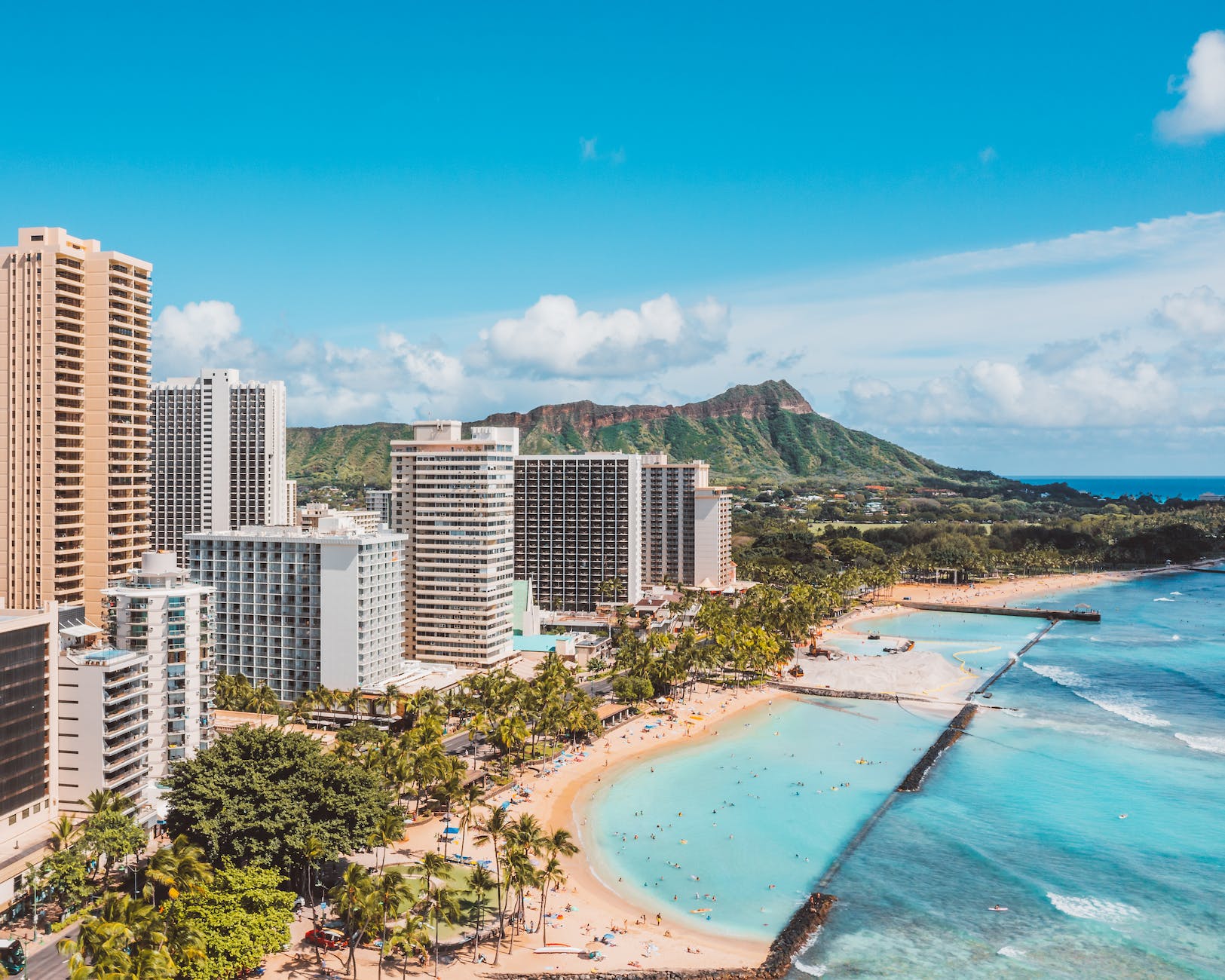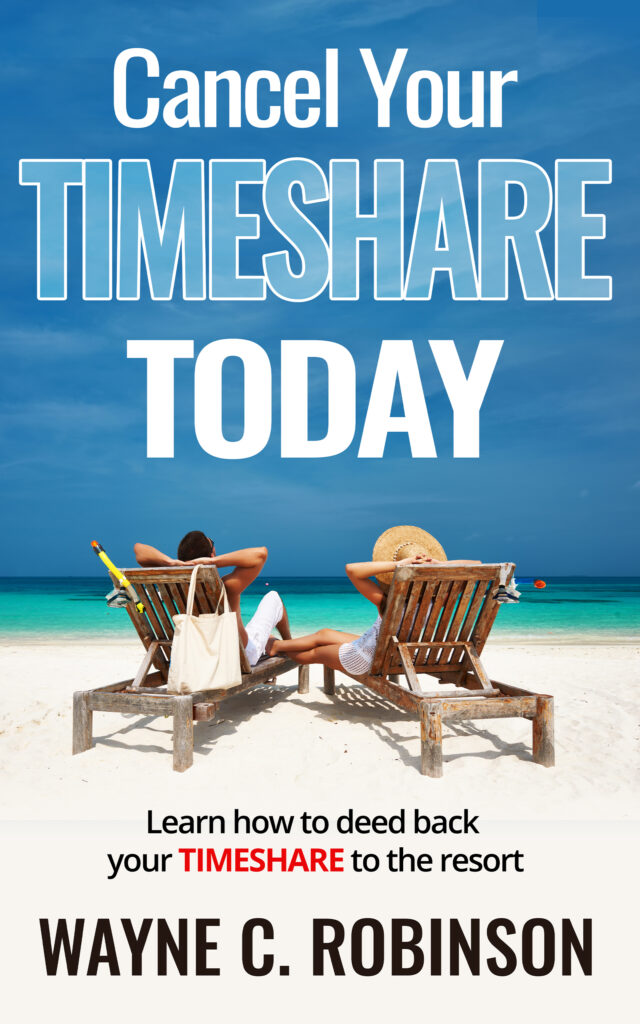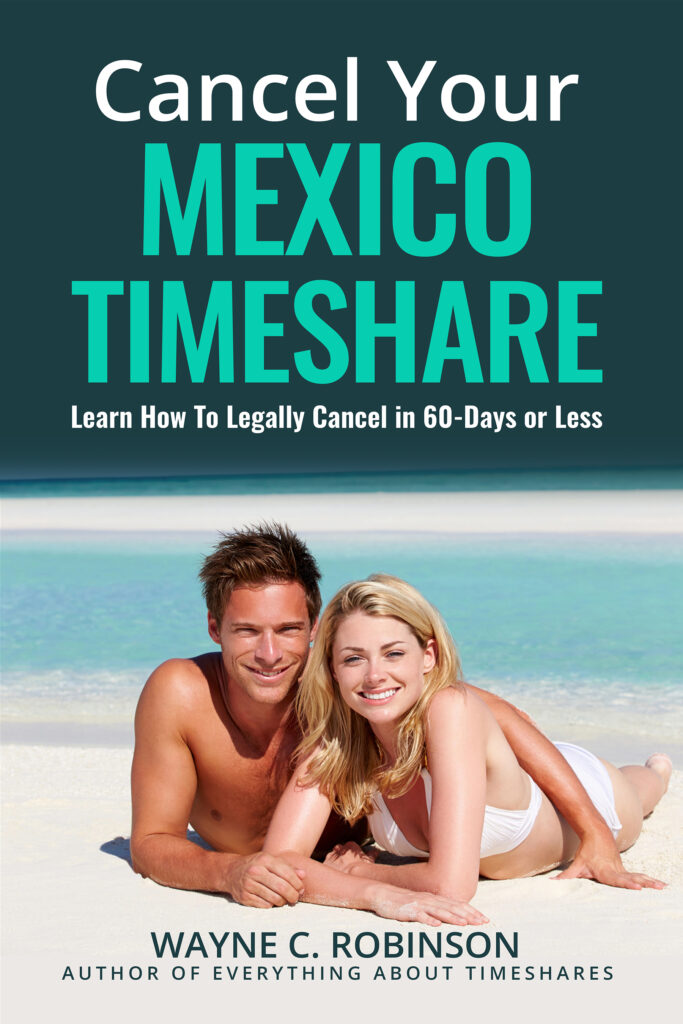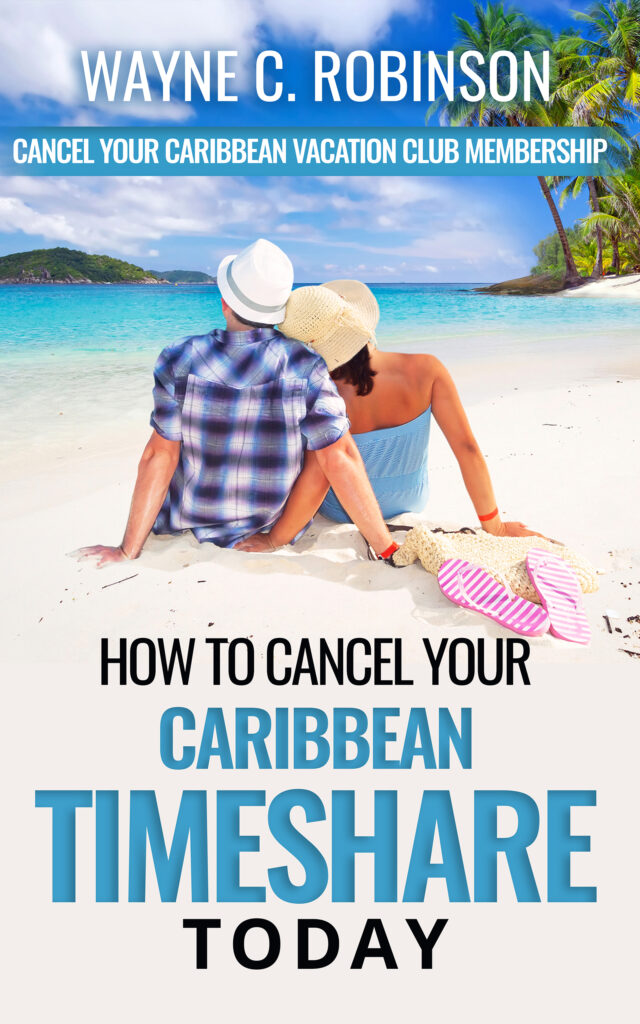
Why the timeshare industry continues to grow is ironical. The travel and tourism industry has seen rapid growth in timeshares, also known as vacation clubs. While once labeled scams, they’ve lured major hotel chains like Disney, Marriott, Hilton, Hyatt, Four Seasons, Sheraton, and others. Ritz Carlton offers a high-end product called fractional ownership or a residence club, targeting a specific demographic.
Seventy-eight million U.S. baby boomers retire with a $1 trillion budget. They explore timeshares for future vacation savings. Pre-2008, boomers became a target for U.S. vacation clubs.
Once the economy turns around, hopefully in late 2009 or early 2010, companies will be salivating at the chance to pitch Boomers on the benefits of fractional ownership, as well as timeshare and vacation clubs.” (Adam Kirby, 2009)
In 2021, that forecast was surpassed, and the new target market is the millennial generation. Combined, vacation clubs are growing faster than they can fill the rooms.
According to a recent report, RCI, the world’s largest vacation club exchange company, owned by Wyndham, continues to add more resorts to its worldwide portfolio. They now boast more than 6,300 resorts in one hundred countries with 3.8 million members worldwide.
Why Consumers Continue to Attend Timeshare Sales Presentations

Nobody wakes up one morning and decides to buy a timeshare. Many consumers know very little or nothing about timeshare, and some are aware of timeshare’s negative reputation. Regardless, both groups continue to spend an average of $21,000 to contribute to this multibillion-dollar industry. Every day, this occurs worldwide: North America, Europe, Central and South America, Mexico, the Caribbean Islands, and Asia.
Clueless consumers are lured into taking a timeshare sales presentation through the mail, on the phone, or while on vacation.
Timeshare resorts have been offering discounted accommodations (called minivacs) for decades if travelers attend a timeshare presentation. This tactic converts a high percentage of new owners. Most consumers purchase a timeshare on the spot because of the sales and marketing staff. Sales agents are trained to gain the potential client’s trust, identify their dominant buying motives, and present an offer that makes financial sense.
Incentives, updated programs, and slick sales and marketing professionals also attract those who already own a timeshare to buy another one. It is not uncommon for a timeshare member to own two or three timeshares. Additionally, some timeshare owners are trading in their old timeshare for a different timeshare with new bells and whistles.
In the United States alone, the industry continues to skyrocket despite the negative image it has maintained for years.
… the U.S. timeshare industry increased for the 8th straight year by nearly 4% from $9.2 billion in 2016 to $9.6 billion in 2017.” (Foundation, 2018)
The Growth of The Timeshare Industry

The timeshare industry continues to grow because of the combined efforts of the travel and tourism industry, the creativity and vision of developers, and the variety of benefits and flexibilities offered.
Now that the entire industry is converting to a points-based system, there is more flexibility, allowing timeshare owners to vacation at more than one resort on one vacation and for shorter or extended stays. Points are like rewards points that can be used towards dining, merchandise, airfare, cruises, and other travel-related services. Typically, the best value for points is to use them as originally intended—to stay at the company’s resorts.
The U.S. Growth
One of the reasons why the timeshare industry continues to grow seems to stem from major brands buying up other brands. The major players in this capital-invested growth strategy are Hilton Grand Vacations, Bluegreen Resorts, Wyndham, and Holiday Inn Club Vacations. This becomes an attractive feature for new and current owners, as it provides more vacation locations.
The Mexico Growth
Mexico has historically been a favorite vacation spot for foreigners to escape the cold winter months and for spring breakers. However, due to the cheap getaways offered by airlines and hotels, they are attracting North Americans throughout the year, even during “off-season” periods.
Despite the U.S. State Department’s travel advisory against traveling to Mexico, Americans and Canadians continue to flock there. Consequently, more timeshares or travel clubs are being constructed in Mexico, particularly along the coastal regions of the Mayan Riviera and Los Cabos, to meet the growing demand of foreign travelers.
The tourism business in Mexico is booming. The country’s secretary of tourism announced recently that nearly 40 million tourists visited Mexico in 2017, and that number could continue growing at a rate of around four million a year.” (Times, 2018)
The Riviera Maya has become a vacationer’s playground, and new resorts are filling up beachfront spots from Cancun beyond Playa Del Carmen. Luxurious all-inclusive resorts have been built along its white sandy beaches and at the edge of the Mayan jungle. They attract foreigners from all over the world, mostly Americans or Canadians, due to the short-distance flights.
Theme parks and natural parks are being built around the area. Many newer resorts have built their own theme parks on the resort property. For instance, Vidanta Resort (formerly Mayan Palace), located between Cancun and Playa Del Carmen, features a high-tech Cirque du Soleil dinner show called Joya.
The Caribbean Growth
The Caribbean has also seen an increase in timeshare resorts and partnerships formed between hotels and travel clubs. Again, with cheap flights, minivacs, and European travel companies such as Thomas Cook, developers are filling up the all-inclusive beachfront resorts. The Caribbean Islands are also booming, particularly in Jamaica and the Dominican Republic.
Brand name resorts such as SECRETS, ZOETRY, DREAMS, NOW, BREATHLESS, AZUL SENSATORI, ROYALTON, and GRAND PALLADIUM, are privately owned by separate companies. They partner with the travel club companies, inviting resort guests to a sales presentation through their concierge service. Everybody makes money.
Moreover, because the vacation club resorts are converting to mandatory all-inclusive programs that include food, drinks, and non-motorized activities, local restaurants are not getting the business they have in the past. Only a few souvenir and jewelry shops are generating an income, as most guests remain on the resort, oftentimes for safety reasons.
Nevertheless, the Jamaica travel club industry continues to boom as more resorts are being built, and foreign, primarily Mexican, travel club companies are partnering with branded resorts.
Cuba has been busy building timeshare resorts targeting foreigners, particularly Canadians, as the U.S. embargo continues to prevent American companies from doing business there. Mexican companies, such as Travelsmart, a division of Sunwing Travel Group based in Canada, have developed a travel club on the largest island in the Caribbean. However, like most travel clubs, they do not own any of the resorts. They merely rent or lease rooms.
The Asia Growth
Asia, also, has jumped on the timeshare bandwagon, as Asians have more disposable income. The Asian market has grown primarily because of the Chinese, who have more money and freedom than they had in the past.
This type of vacation opportunity … and the Chinese consumers are a perfect match for one another. The growing middle class has the disposable income and desire to travel.” (Sellmytimesharenow, 2016)
The India market has grown 50 percent over the past six years, appealing to a younger audience. RCI now boasts over three hundred resorts in India alone.
After going through ‘an initial phase of acceptance’ during the 1980s, when it ‘did not receive the required nurturing it demanded,’ the product is now far more established, with younger people seeing the ‘value of owning a timeshare and are eyeing it as a viable investment.’ ” (Adams, 2017)
The New Timeshare Demographics

In the past, timeshares were generally purchased by the elderly, but the demographics have changed drastically. In the last twenty years, efforts have been underway to attract younger families with higher incomes and more ethnic groups.
ARDA (American Resort Developers Association) says that the image of timeshare owners as elderly seniors playing shuffleboard has changed too, with timeshare owners becoming younger and more ethnically diverse with median age of 39 for owners, and more than 40% of U.S. owners are either African-Americans or Hispanics.
Despite the black eye that the timeshare industry has accumulated over the past thirty years, the timeshare industry continues to grow with more resorts being built, more amenities added, and more entertainment, food, and beverage options. Companies offer destinations that most people only dream of visiting. Within the timeshare industry, this is all possible and then some, and it happens every day somewhere in the world. When the decision is made based on accurate and reliable information, it is sound and can be of great benefit to a family.

Your Best Guide to timesharing...
Unlock the secrets of timesharing! Former sales expert’s comprehensive guide provides insights to maximize your investment and navigate the system effortlessly.
The U.S. Timeshare Cancellation Course and The Mexico and Caribbean Timeshare Cancellation Course





